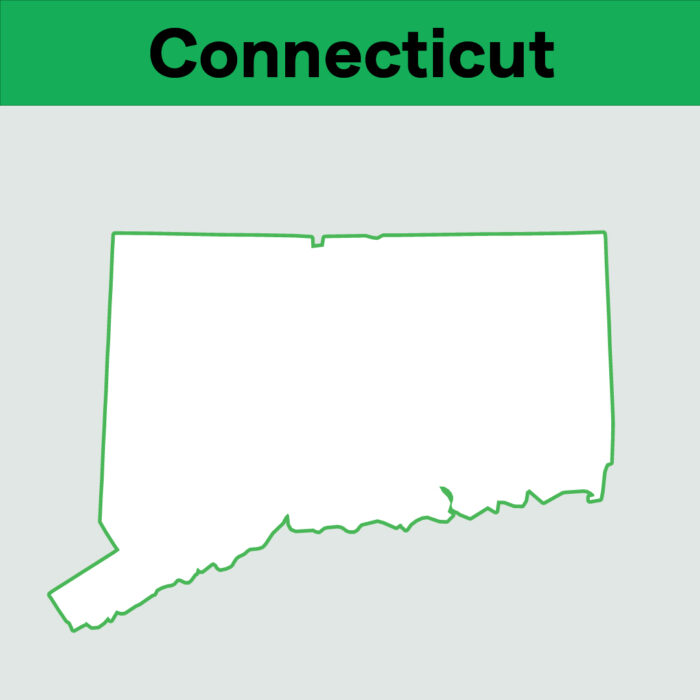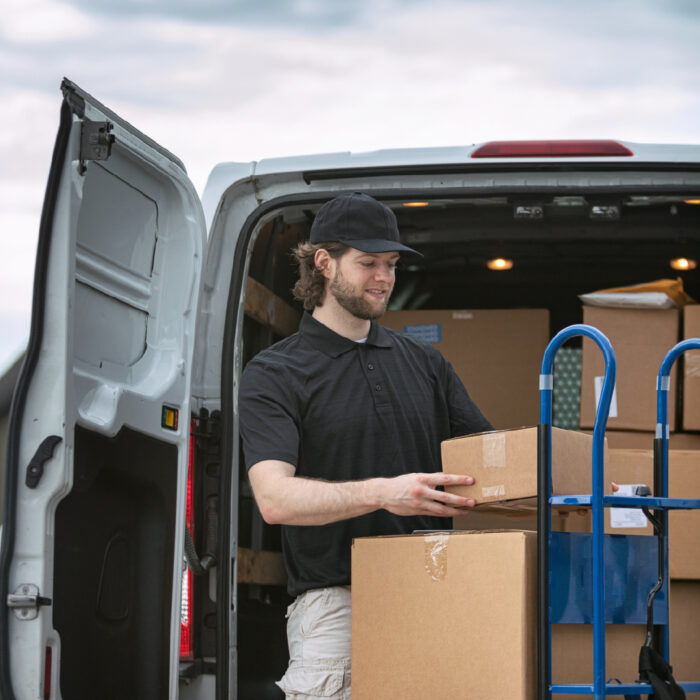Where are the Shopify Fulfillment Centers?
by January 7, 2025
More and more businesses who sell via Shopify are taking advantage of outsourced fulfillment. But using third party fulfillment also creates something that businesses may not have bargained for – sales tax obligations.
Storing inventory for sale in a state creates sales tax nexus in that state. For example, if your Illinois-based e-commerce business stores your inventory in Shopify’s fulfillment center in Nevada, then you may be required to register for a Nevada sales tax permit and collect sales tax from buyers in Nevada. Keep reading for more on that.
Shopify Fulfillment Center locations
According to the Wall Street Journal, Shopify’s fulfillment centers are located in:
California – California sales tax nexus law
Georgia – Georgia sales tax nexus law
Nevada – Nevada sale tax nexus law
New Jersey – New Jersey sales tax nexus law
Ohio – Ohio sales tax nexus law
Pennsylvania – Pennsylvania sales tax nexus law
Texas – Texas sales tax nexus law
Non-US Shopify Fulfillment Center locations
Ottawa, Ontario, Canada
Read on to discover what this means for you if you use Shopify or another 3rd party fulfillment network when it comes to sales tax.
What using Shopify’s 3rd party fulfillment service means for sales tax compliance
Most of the 45 US states (plus Washington DC) with a sales tax consider “storing inventory” in the state for sale to create sales tax nexus.
To cite the example above, a Shopify seller based in Illinois who uses the Shopify fulfillment network may find themselves required to register for sales tax permits and collect sales tax in one or more of the above states.
What should Shopify sellers do next?
If storing inventory in another state creating sales tax nexus is news to you, don’t worry. You have options. Recommended next steps include:
- Check your Shopify account to determine where your inventory is being stored.
- Check with the state or a vetted sales tax expert to determine if you are required to collect sales tax in that state. (Remember, according to state sales tax law in all of the above states, storing inventory in the state creates sales tax nexus.)
- Register for a sales tax permit with that state.
- Set up sales tax collection via Shopify. And don’t forget that if you have nexus in a state, you are also required to collect sales tax from buyers in that state on your other sales channels.
- From here, report how much sales tax you collected across all sales channels from buyers in the state, and file sales tax returns at your state-assigned frequency and due date.
Frequently asked questions
Wait, is this legal?
In the US, states are allowed to set their own sales tax rules and laws. In this case, since your inventory is located in a state, that state considers your business subject to their sales tax laws. You can read more about this in our “Sales tax nexus, defined” blog post.
Shouldn’t Shopify collect on my behalf?
Not in this case. While most states require that online marketplaces collect sales tax on behalf of 3rd party sellers, in this case, Shopify is not a marketplace. Your business still owns the inventory and is the seller of record, therefore you are also responsible for sales tax.
How can I automate sales tax?
Collecting and remitting sales tax in multiple states quickly becomes a chore. But TaxJar is here to help. TaxJar creates return ready sales tax reports so you always file accurately and on time. Or, if you’d rather never worry about sales tax again, we AutoFile your sales tax returns. Ready to automate sales tax? To learn more about TaxJar and get started, visit TaxJar.com/how-it-works.








